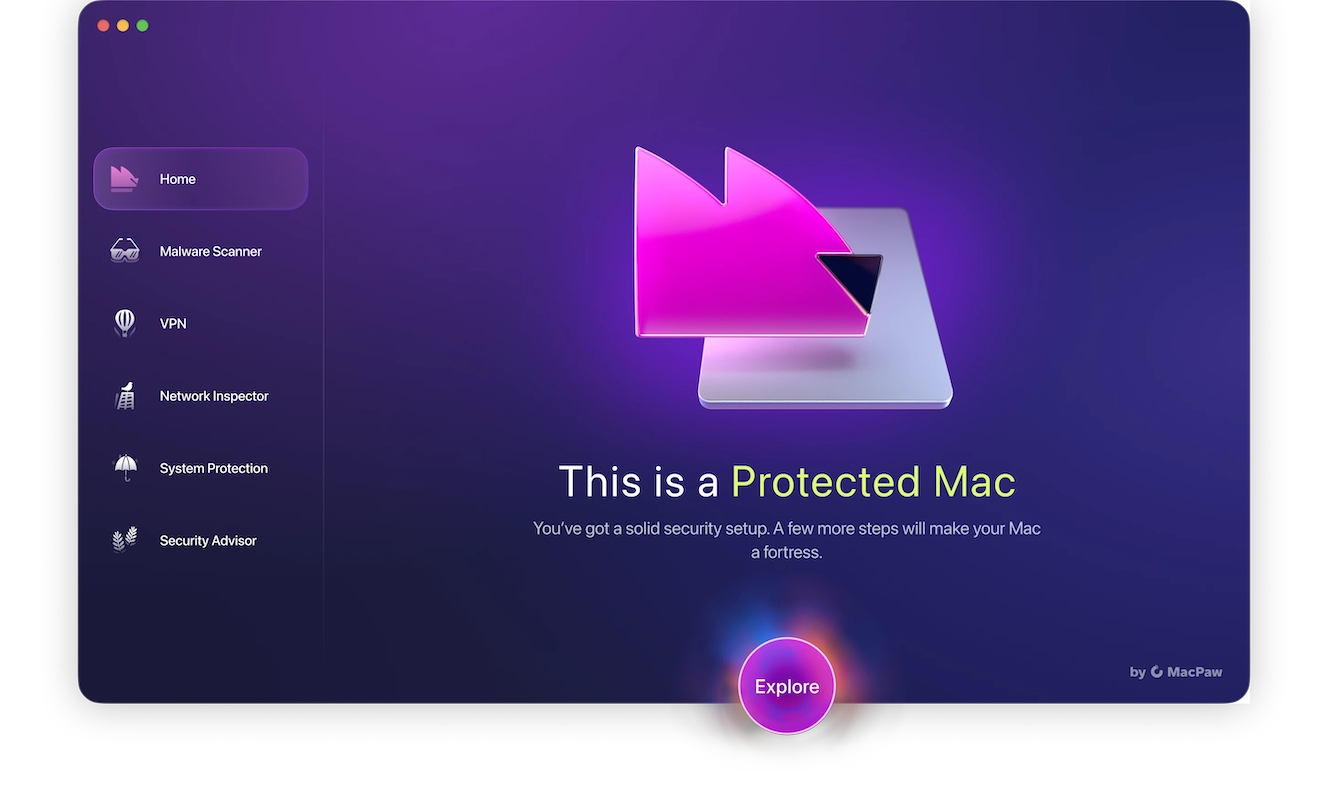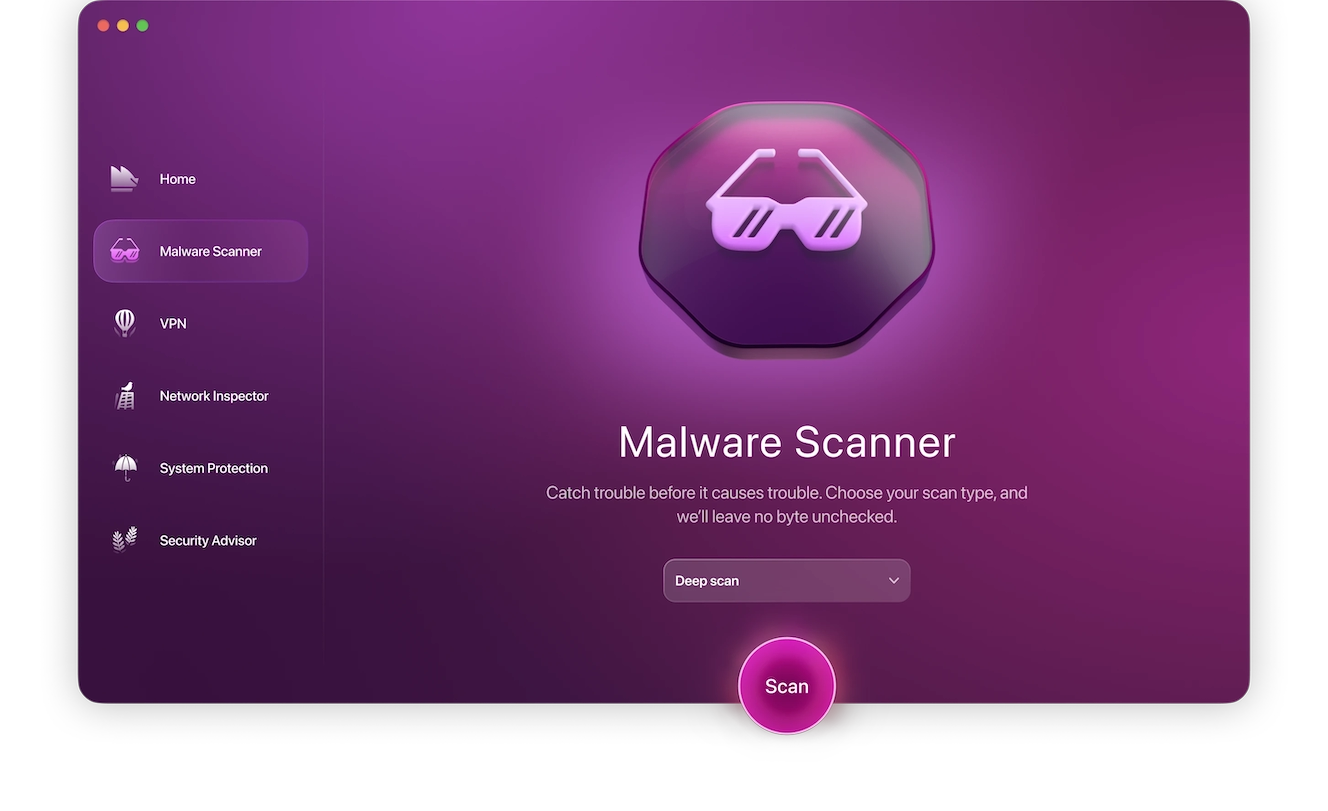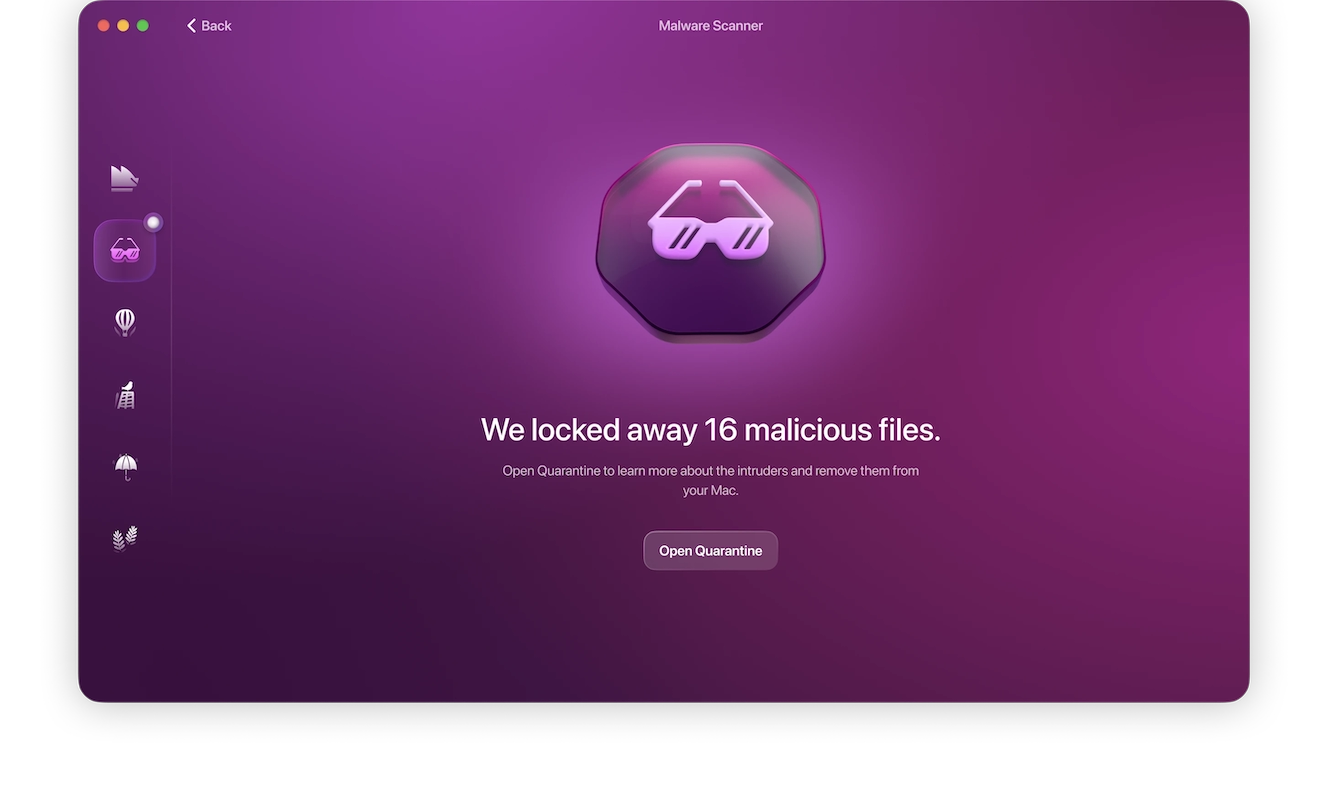To define whale phishing we must understand the phases of a whaling attack and how it works. In this case, it starts with a cybercriminal, or a group of them, searching for a target. But it’s not just any target.
Criminal whaling groups that are financially motivated will go after a rich target — often executives, CEOs, businessmen, corporate leaders, and so on. In contrast, whaling campaigns that are politically motivated will look for targets that have large public platforms. Politicians, NGOs, world leaders, big event organizers, and governments are among the top targets of these types of whaling attacks.
But the work for the criminals does not end there. To convince these targets, whaling groups spend a lot of time researching the victim. Who the target is, what they do, who they work with, and all of their public and private information, including their social media channels, are used to create the most persuasive email the criminals can muster to trick the victim. Once the email is sent, the target only has to respond, click on a link, or download a file for the attack to begin.
Minimize your exposure to attacks
What is whaling in cyber security?
Whaling is a type of phishing in which an attacker designs an attack with a specific victim in mind. Common targets are celebrities, public figures, senior-level employees and C-suite executives in the workplace, and other high-level individuals.
This type of attack is more complicated to produce than ordinary phishing attacks. Still, the benefit for hackers is that if they succeed, the reward is much higher. Through these kinds of attacks, cybercriminals can gain access to precious data, large financial assets, or trade secrets.
Notorious examples of whaling attacks
The consequences of whaling attack are severe, ranging from reputation loss to bankruptcy. There have been several well-known cases in the past years, and unfortunately, the number of whaling attacks continues to rise.
Some famous attacks include:
- Levitas Capital: In 2020, the Australian hedge fund Levitas Capital was forced to close after a major client, Australian Catholic Superannuation, withdrew its funds. The attack began when the fund cofounder opened a fake Zoom invite. The fund lost approximately $800,000 in an attack that targeted $8.7 million.
- FACC: The CEO of FACC, a supplier of Boeing and Airbus, was fired in 2016 in the wake of an attack that cost the company $58 million. The CEO, who had significant access to secure systems, was targeted in a whaling campaign.
- Mattel: In 2015, a finance executive from toy giant Mattel wired $3 million to a hacker after receiving a fake invoice that impersonated the new CEO.
- Snapchat: Snapchat’s payroll department was hit with an attack in 2016. The attack began when the department received a fake email impersonating the company’s CEO asking for confidential payroll information.
How does a whaling attack work?
A whaling attack works just like a phishing attack. A victim is contacted (usually via email) by an attacker or attackers. The message the attacker sends is designed to appear legitimate. To do this, bad actors use a wide range of techniques, from impersonating a known contact, a government agency, or a brand to offering deals or redirecting victims to fake and malicious websites.
If the victim does not engage with the message attackers might change tactics. In whale phishing, as they have devoted a lot of time researching the victim, it is unlikely that the attackers will give up on the first try.
While in phishing the message or email itself usually contains a file to download or a link to click, in whaling the attackers will first try to establish some level of basic trust. This means a victim might talk to a whaling attacker several times, or email back and forth, without any problem. However, once the attacker feels they got the target reeled in, they will send a link, ask for data, or send an attachment with spyware or malware.
Depending on what the motive of the attacker is, the final phase might end with the attacker taking over accounts, stealing sensitive or financial data, leaking confidential data, installing malware such as spyware or ransomware, and much more. Attackers may even persist in the victim’s devices if their end game is to gain long-term information about a valuable target.

Who are the targets of whale phishing attacks?
Whaling attack go after the “big fish” within an organization, those with the most access and potential for damage. Here’s a breakdown of the typical targets:
C-Suite executives (CEO, CFO, COO): These top-level individuals have the authority to approve large financial transactions, access sensitive data, and influence company decisions.
Senior executives: High-ranking executives like vice presidents, directors, and heads of departments may also be targeted by whaling due to their access to valuable information and potential to authorize transactions.
Public spokespeople: Individuals who represent the company publicly can be targeted to damage the company’s reputation through leaked information or manipulated statements.
Anyone with high-level access: Whaling attacks can target anyone within a company who has access to critical systems, sensitive data, or the ability to authorize financial transfers.
These targets are attractive to attackers because a successful whaling attempt can yield a much bigger payoff than a standard phishing attack. Additionally, as mentioned, when whaling attacks are politically motivated the targets may include international organizations, NGOs, human rights groups, journalists, special event organizers, and so on.
What do whaling attacks aim to achieve?
Whaling attacks that are financially motivated seek to make illegal gains. In contrast, espionage whaling attacks are designed to gain confidential or sensitive information — military, defense contractors, or corporate secret projects are common targets of espionage.
Additionally, a whaling attack may only be the tip of the iceberg when attackers are looking to escalate privileges across a supply chain or connected partners. In this case, the gain of the attack is to get the data needed to breach into another system. Finally, other factors such as political agenda, hacktivist messages, or extortion, can be what attackers are looking to achieve through executive phishing.

Phishing vs. whale phishing vs. spear phishing
While phishing attacks aim broadly, spear phishing and whaling refine their targets. Let’s see how they differ in who they hook.
Phishing
Phishing is a broad attack that casts a wide net with generic emails hoping to trick anyone into revealing personal information or clicking malicious links.
Spear phishing
Spear phishing is a more targeted attack where emails are crafted to appear relevant to a specific person or group within an organization, increasing the chance the recipient will be fooled.
Whale phishing
The most targeted attack, focusing on high-level executives and key decision-makers within an organization to steal sensitive data or manipulate financial transactions.
How to spot a whaling attack
Whaling attacks can be tricky, but vigilance can help you avoid becoming a victim. Here are 5 signs to watch out for.
Sender impersonation
The sender’s email address may appear legitimate, but look closely for subtle typos or mismatches with the sender’s actual domain (e.g., bisiness.com instead of business.com).
Urgency and pressure
The email may create a sense of urgency or pressure, demanding immediate action on a critical task or financial transaction.
Unusual requests
Be wary of emails requesting sensitive information, financial transfers to unknown accounts, or actions outside of normal procedures.
Personalized information
Attackers may use information gleaned from social media or previous breaches to personalize their message and gain trust.
Suspicious links and attachments
Don’t click on links or open attachments from unknown senders, even if the email appears legitimate.
What should you do during a whaling attack?
If you are a victim of whaling, follow these steps:
- Notify your workplace’s security team immediately.
- Go offline. Hackers use breached devices to spread through the network. Go offline if your device has been breached.
- Find a secure computer where you can reset your passwords and back up your data.
- Keep in touch with your company’s security team and follow their instructions.
- Notify the relevant authorities, your board, or coworkers.
- Run malware scans and launch contingency security plans.

How to protect yourself from whale phishing
Due to the advanced nature of these threats and the high risks involved, awareness is essential to preventing breaches. And workshops and training sessions on general phishing scams aren’t enough. High-level workers must be educated on the specifics of whaling attacks. This requires added security tips and technologies.
Train top executives
Executives in the workplace who operate with the support of dedicated security teams may feel like they can skip cybersecurity trainings. However, it’s essential that they are educated on this issue. Whaling cyber awareness involves training and workshops that are designed to give C-suite executives and high-level workers the security tools they need to fight this rising trend.
At-risk individuals need to know how to verify a message’s source, links, and the sender’s address. Additionally, they must know how to identify fake websites and detect suspicious activity. Training sessions should also include outlines on how to keep up to date with security software and when to update.
Executives must also know how to protect their personal information and keep their private life private. Because whaling involves research on the target, the knowledge of how to handle personal information with care is essential. And top-level workers must know what to do before, during, and after an attack.
Level-up anti-malware and support

Organizations must ensure that they have support and security solutions in place to shut down an attacker before the real damage is done.
Automated phishing and whaling simulations can help security and executives alike understand what they are up against. Running penetration tests, where white hat hackers simulate attacks, is also very useful.
Additionally, it’s critical to keep business and personal devices up to date with the latest protection. A great app for personal protection of Mac computers is Moonlock. It complements Apple’s built-in security tools, fights Mac-specific malware, and makes browsing private. With Moonlock, personal devices of high-profile individuals will be less vulnerable to spyware and illicit data collection.

Here’s how you can use Moonlock to find hidden spyware on a Mac:
- Start your free trial and install Moonlock.
- Moonlock’s real-time protection can spot active spyware right after the installation, so don’t be alarmed if it tells you it found malware before you go looking for it yourself.
- To make sure there’s no hidden malware on a Mac, open Moonlock and click Malware Scanner in the sidebar.
- Set up the scan type to Deep and hit the Scan button.
- If Moonlock finds anything sketchy, it’ll isolate it in Quarantine. Open it and remove all the malware that’s kept there. All intruders will be gone for good.

Enforce data and social media policies
Companies should have strict data and social media policies for their workers, especially those who lead the organization. Who can access data? What data can they access? There are questions that leaders must be able to answer. More importantly, data policies should consider data encryption in rest, use, or transit. Encryption prevents data exfiltration and theft, even when an organization is breached.
Finally, what gets posted online is also very important. Hackers behind attacks do most of their research on their targets on social media, so it´s wise for workers to know the good practices for posting content online.
The knowledge that cybercriminals could specifically target you may feel overwhelming and scary if you are a top-level executive or a very well-known figure. However, simple security steps can help you prevent attacks and understand the steps to follow during and after. Overall, prevention and proactive defensive security is the answer for whaling.







